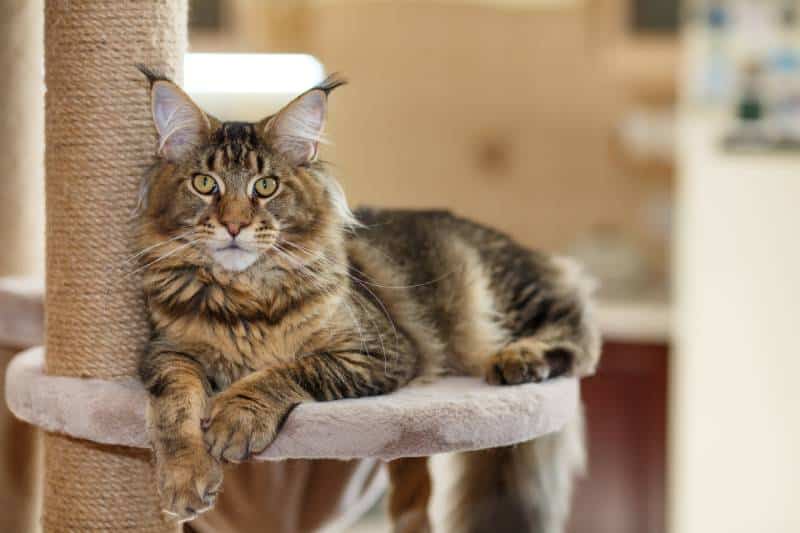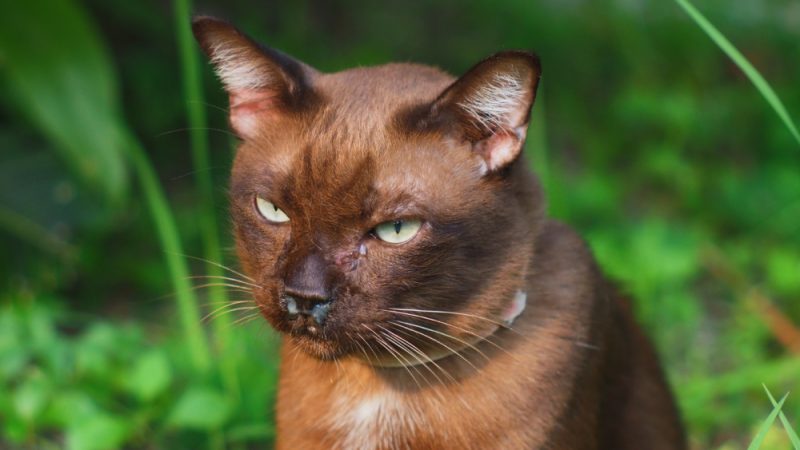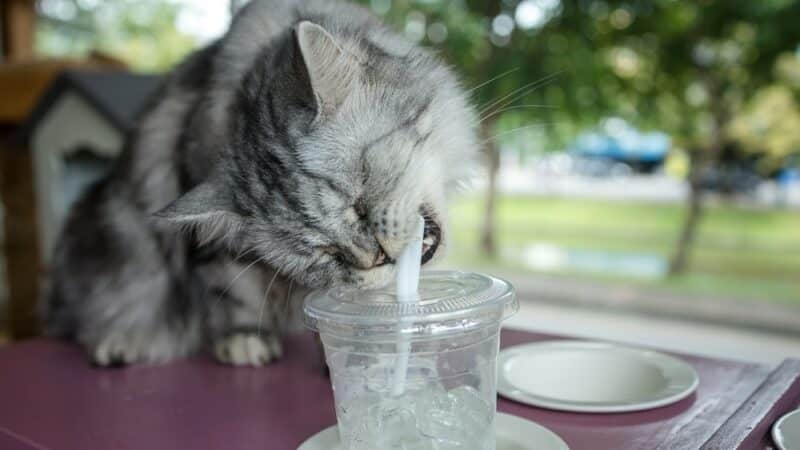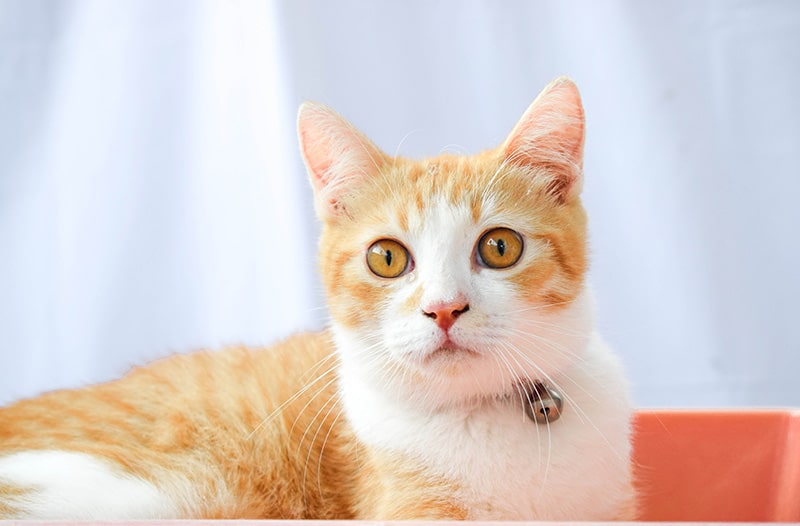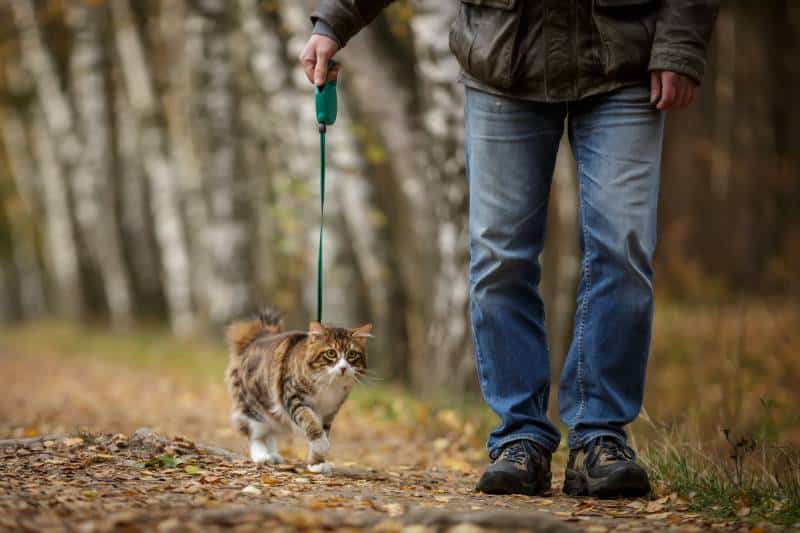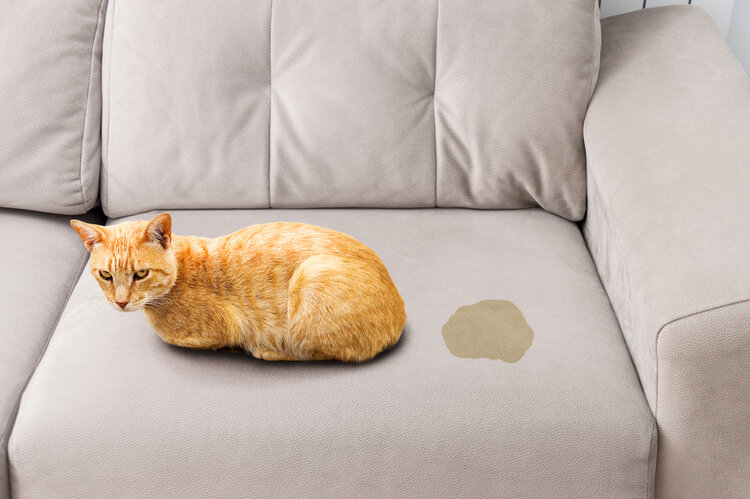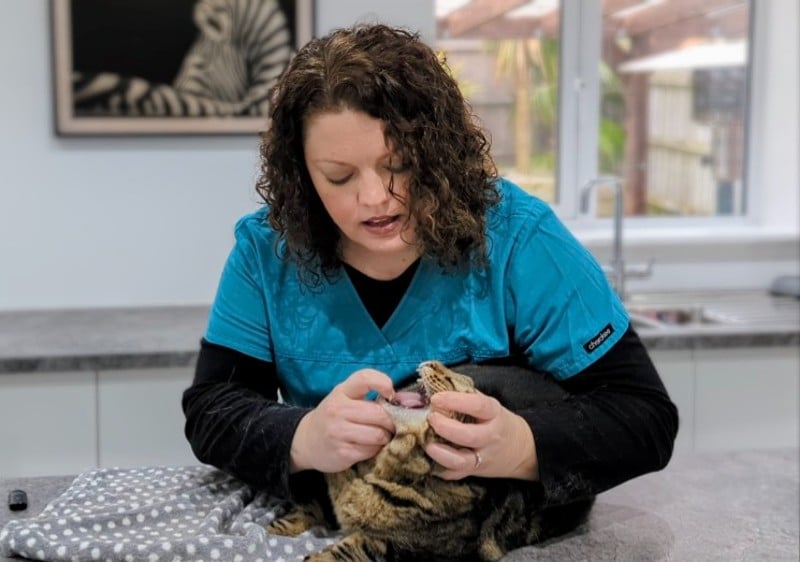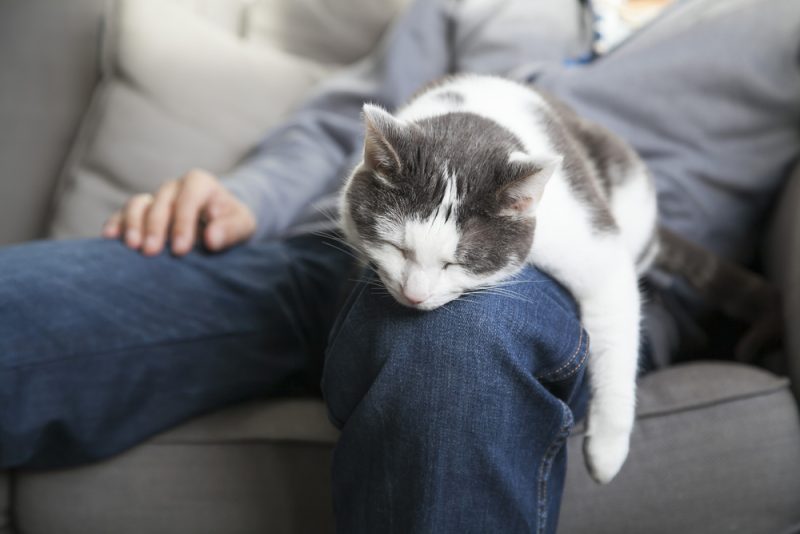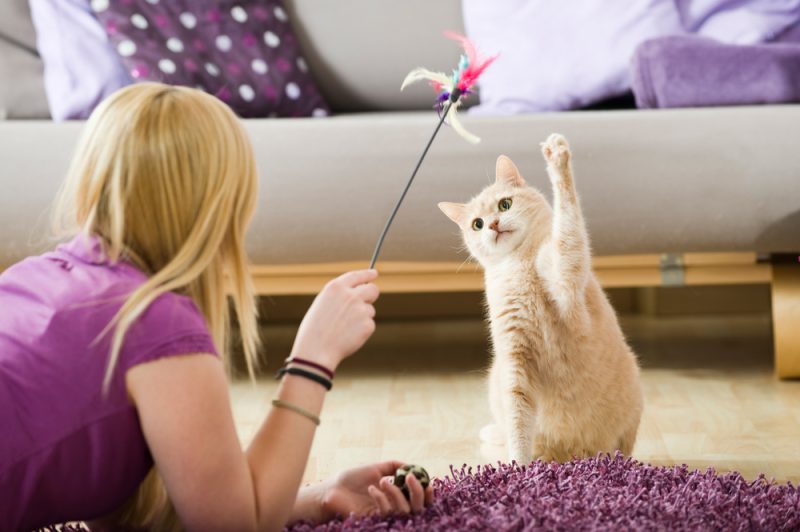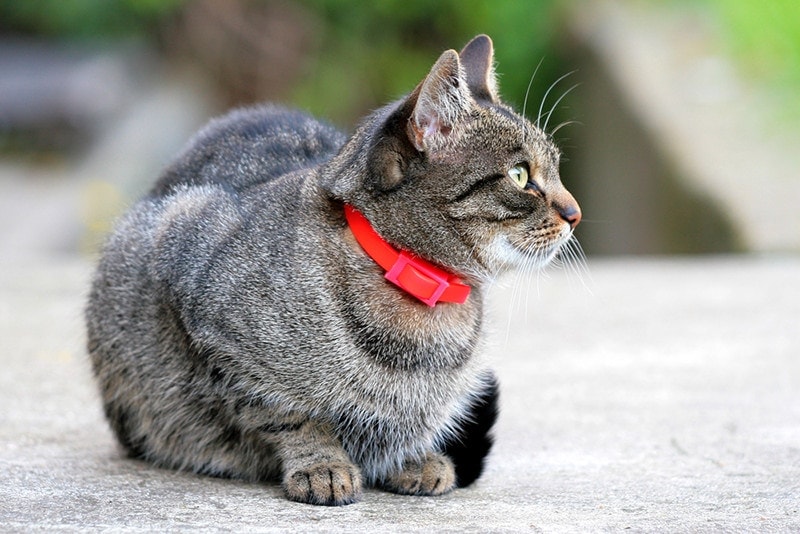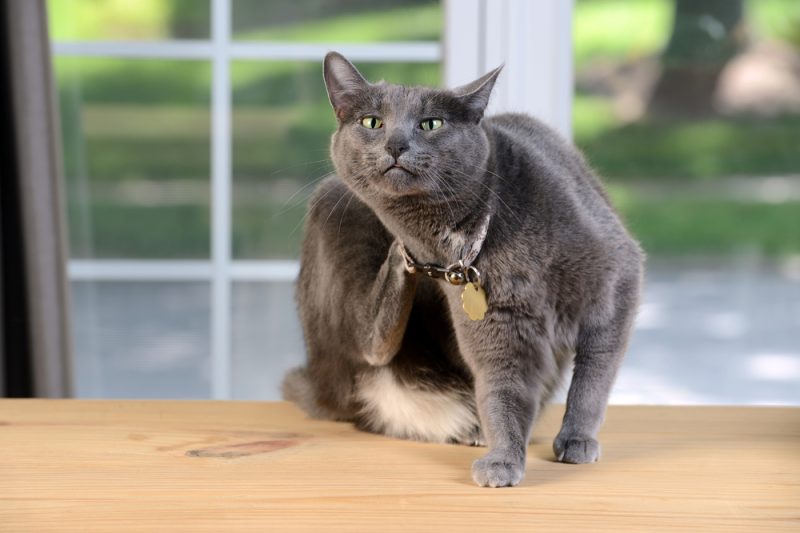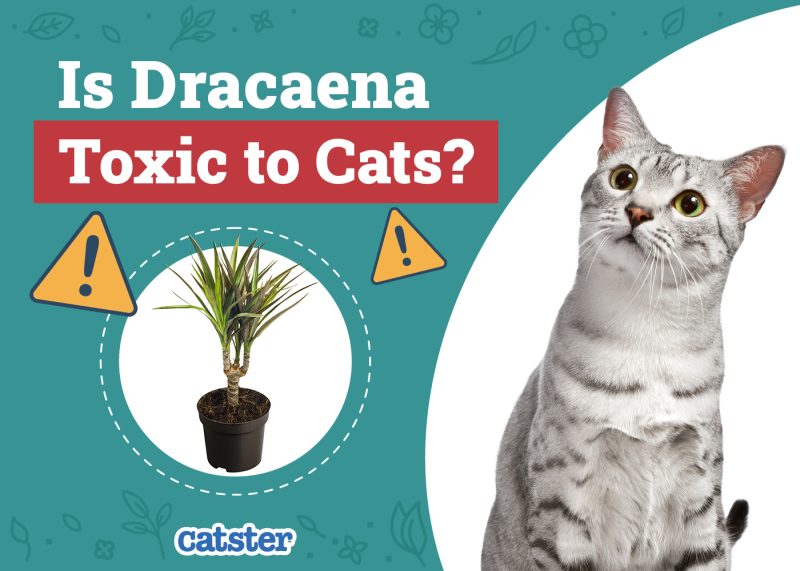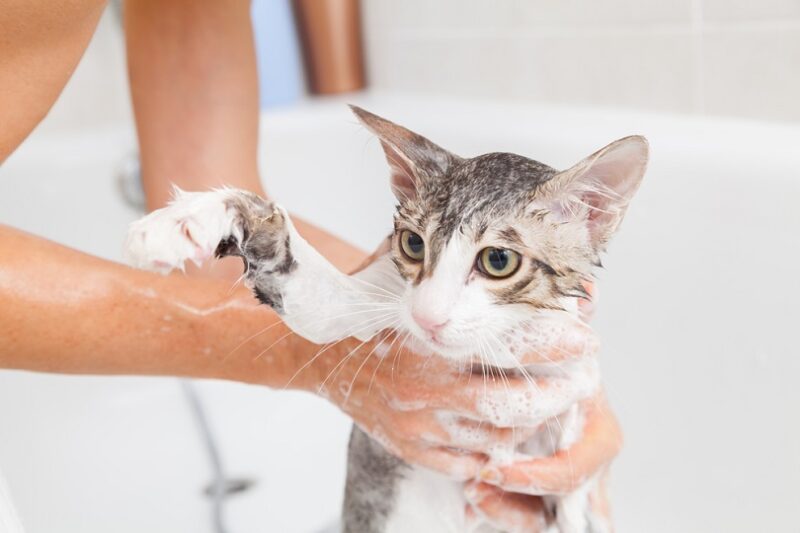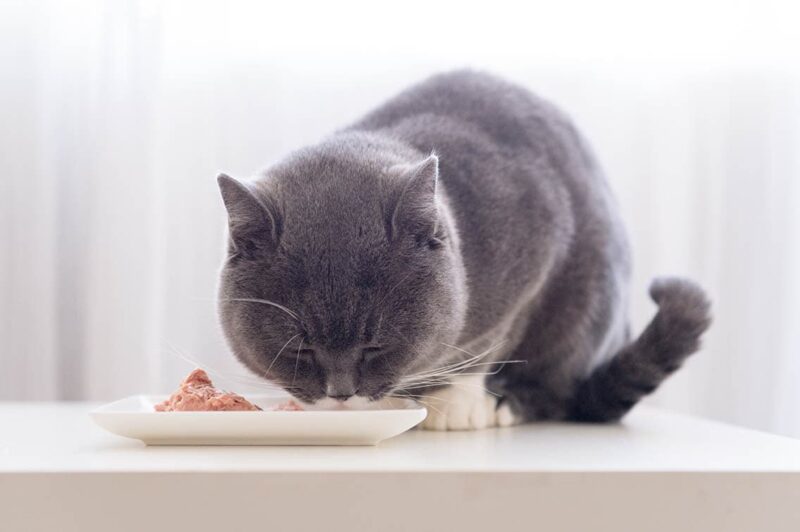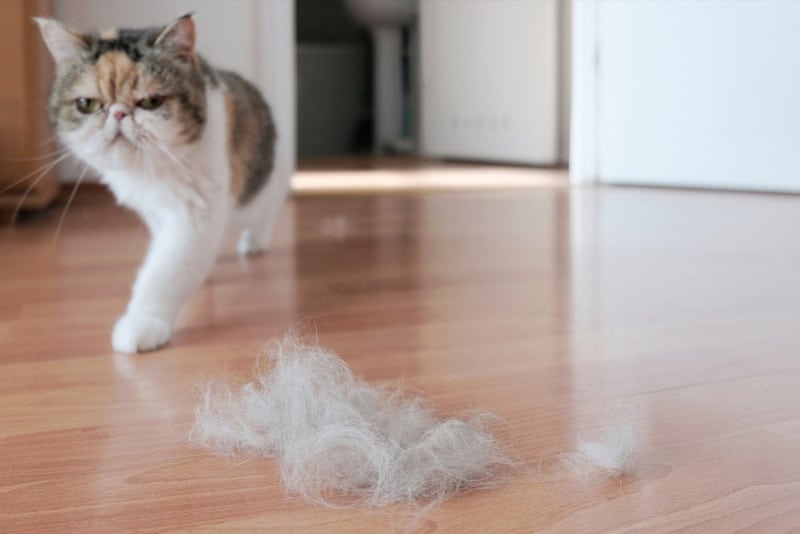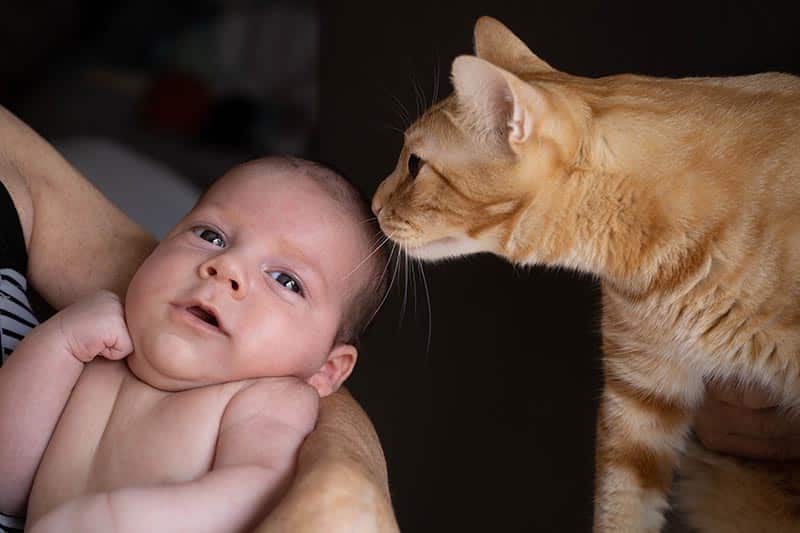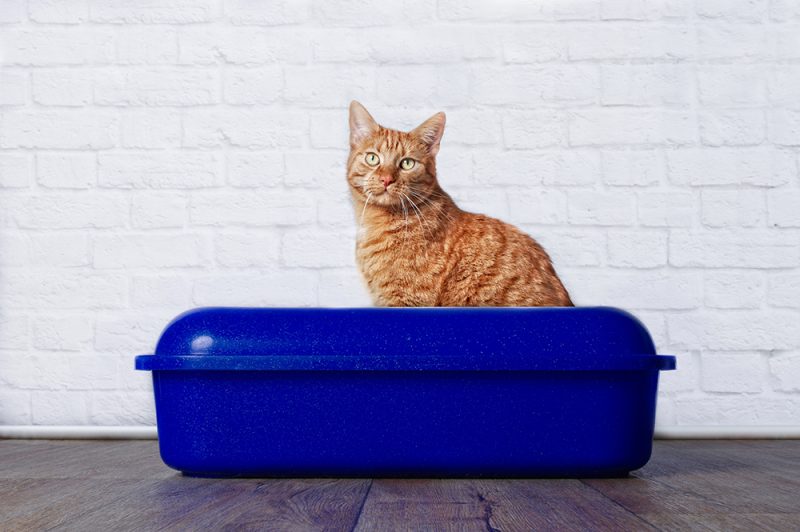In this article
View 3 More +If you own a cat, you must own a cat tree! It gives your cat something to play on, scratch, sleep on, and feel safe.
Choosing the right cat tree can be tricky, though, as it needs to be the proper height, stable enough not to wobble, and the right size for your cat. It will also be ideal if it looks nice in your home!
Here, we discuss the best way to choose a cat tree that your cat loves and whose aesthetic you’ll appreciate. We also list the ideal locations for your new furniture piece.

Why Get a Cat Tree?
Cat trees combine several important elements that will make cats healthier and happier. They can also help save your furniture from being scratched up!
Climbing
It’s a known fact that cats love to explore everything, even if that includes your dresser with your Knick knacks that seem to be fun playthings for your kitty.
A cat tree makes for great exercise and hopefully, distracts your cat from your shorter dresser. The climbing also gives them a good workout and the opportunity to do a full-on body stretch!
Scratching
A good cat tree has every pole that holds each platform be a scratching post. The more time your cat spends on the cat tree, the more they are likely to sharpen their claws on it and not your couch.
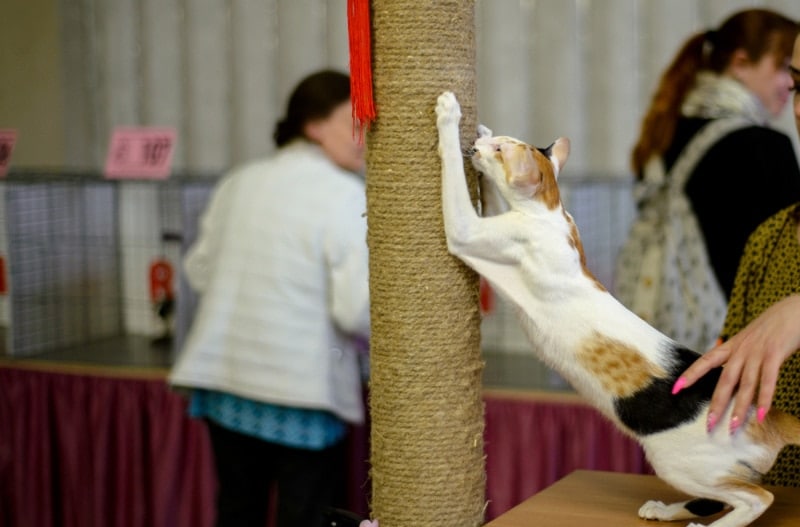
Feeling Safe
Cats love being up high because they enjoy ruling from a high position, or rather, they feel safer because they can be on the lookout for prey and predators.
Sleeping
Cat trees comprise platforms and scratching posts, and the former make nice places to sleep. The trees usually have different styles of platforms: Some are flat, others have a bolster around them; some might have hammocks, and others are called condos, which are boxes with an entrance and exit.
Since they help a cat feel safe, cat trees make excellent hiding places and comfortable napping spots.

How to Choose a Cat Tree
There are several factors that you need to consider when you start shopping for a cat tree.
1. Consider Your Cat’s Age
How your cat can climb and maneuver will guide your decision. If you have a senior cat or one with mobility issues, you’ll need to aim for a small and simple cat tree that will be easy for them to access and climb.
A kitten has a ton of energy, so you can get as elaborate as you want! If you have multiple cats, you can consider getting several cat trees.
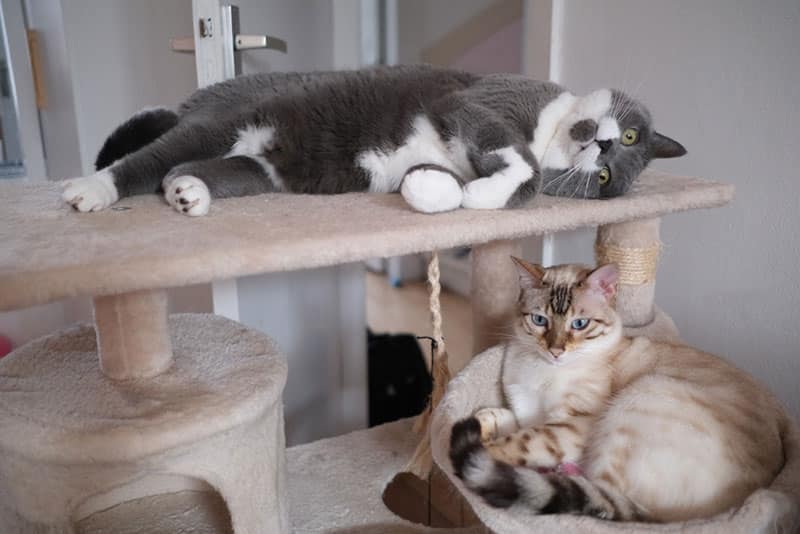
2. Measure Your Cat
You’ll need to carefully check the measurements of any cat trees you’re considering. Most manufacturers provide the dimensions, including the size of the condos and platforms.
If your cat currently sleeps on something that you can measure, this can guide you to the size of platforms you’ll need. Many cat trees tend to have small platforms, so don’t rely on photos of the product. This is particularly important if you have a large breed, like a Maine Coon. Read reviews too; cat owners will post about things like the size, which can help.
3. Measure Your Space
You need a certain amount of free space for a cat tree. The good news is that they are vertical, so most don’t take up that much room. But the more space you have, the more elaborate the tree can be.
4. Consider Your Cat’s Preferences
Next, you’ll need to consider your cat’s likes: Do they prefer scratching cardboard or rope? Cat trees can be made with wood, carpet, sisal rope, and fabric.
If your cat loves to stretch vertically, measure the scratching posts to ensure that they are long enough for your cat. Some cat trees also include fake branches and leaves, which can make for nice hiding spots and give them the appearance of actual trees.
The more options on the tree, such as the fabric and material, the more likely even picky cats will find something to enjoy.
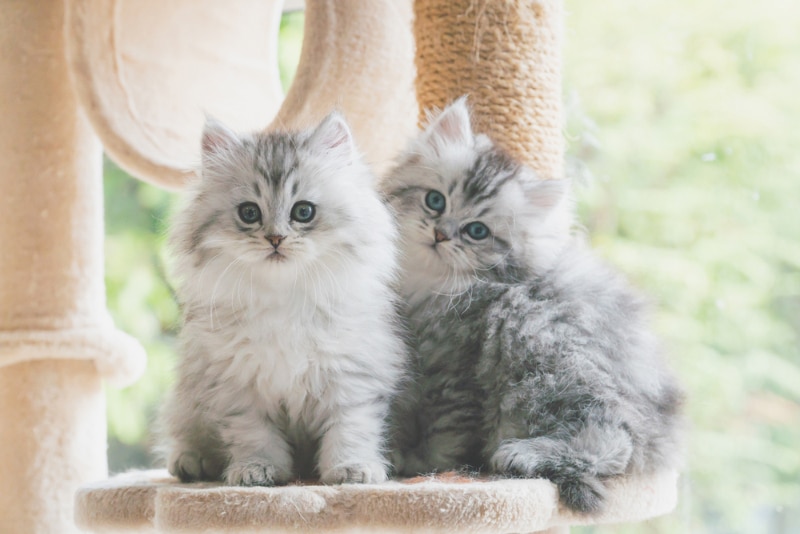
5. Check the Sturdiness
This is an important one! If the cat tree is the least bit wobbly, most cats won’t want to spend time on it. The last thing that you want is for your cat to jump on the cat tree and for it to topple over.
Some cat trees come with hardware that enables you to attach them to a wall or something sturdy to prevent this from happening.
But the tree must still have a wide and heavy base that can withstand your cat taking a flying leap onto it!
6. Take Appearance Into Account
You’ll need to keep a balance between something aesthetically pleasing and something that your cat will enjoy and actually use.
You can aim for a tree with a color that will blend in or complement your décor, but ensure that it will also work for your cat.
To be truly aesthetically pleasing, consider the color of your cat. If you have a black cat, you’ll want to aim for a black or dark cat tree and a light tree with white cats. The fur will show up far too much otherwise.

Where to Put the Cat Tree
Once you have decided on a cat tree, you need to figure out where to put it. First, don’t set it next to anything breakable and/or expensive. Too much boisterous play (particularly in a multi-cat home) could see the tree being knocked over and breaking things.
Putting it within eyeshot or even next to a window will give your cat something to look at while lording it over the rest of us. Even better is setting it up in a sunny location close to a window! Make sure to also place it next to a wall to add stability.
You may want to put the tree in an area with the rest of the family, like the living room.
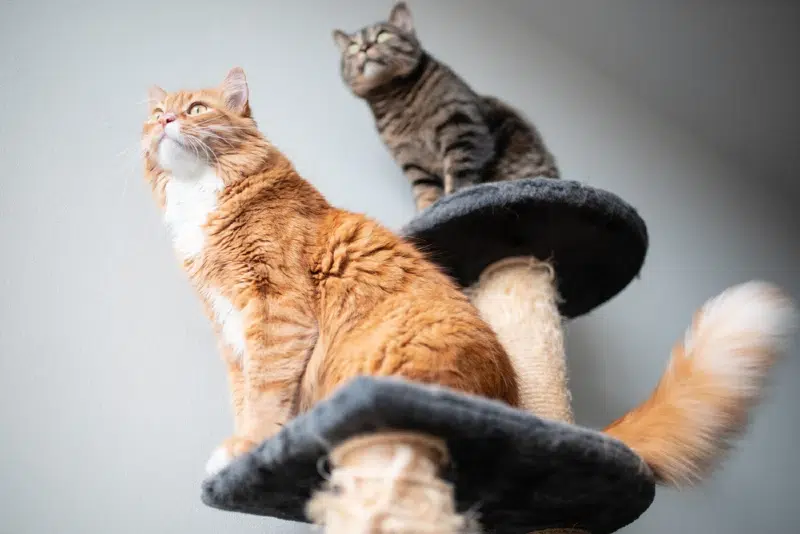
Other Cat Tree Tips
If your cat doesn’t seem too keen on the cat tree, you might need to tempt them with treats and catnip. Some cats will immediately leap onto the tree, but others might need motivation.
Some cats will spend a great deal of their time on a cat tree, only to stop using it for a few months. But just be patient, as they’ll go back to it eventually.
Still, you can try moving the cat tree to a different location for a while. Your cat might become quite interested in it again, as it will seem like a new thing.

In Conclusion
Investing in a good and sturdy cat tree is an essential part of taking care of a cat. But it’s also important that both you and your cat love it.
Some cat owners like to put up cat shelves and pieces of furniture alongside the cat tree(s), so their cats can literally walk around the entire room without having to touch the ground.
Just remember to double-check the measurements of the tree to ensure that it isn’t too small for your cat or too large for your home. Remember that it must be sturdy with a large and heavy base. Your cat will thank you!
Related Reads:
- 15 Most Affectionate Cat Breeds That Love Cuddles (With Pictures)
- How To Communicate With Your Cats: Talking & Understanding Your Pet
Featured Image Credit: photosbelkina, Shutterstock
